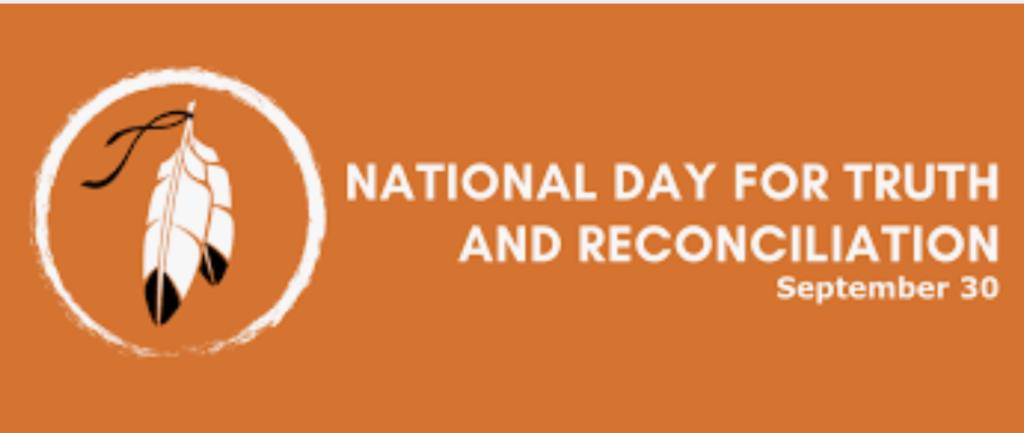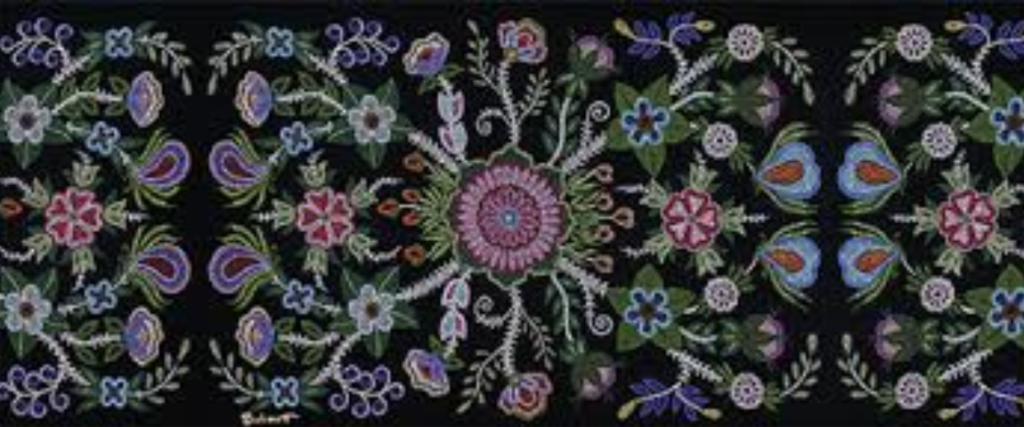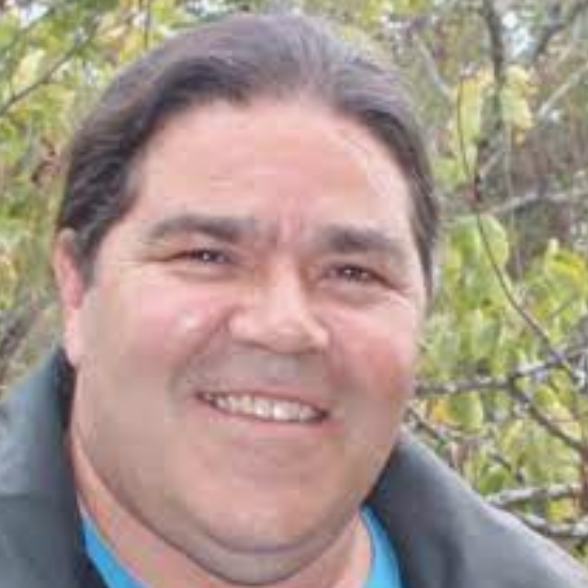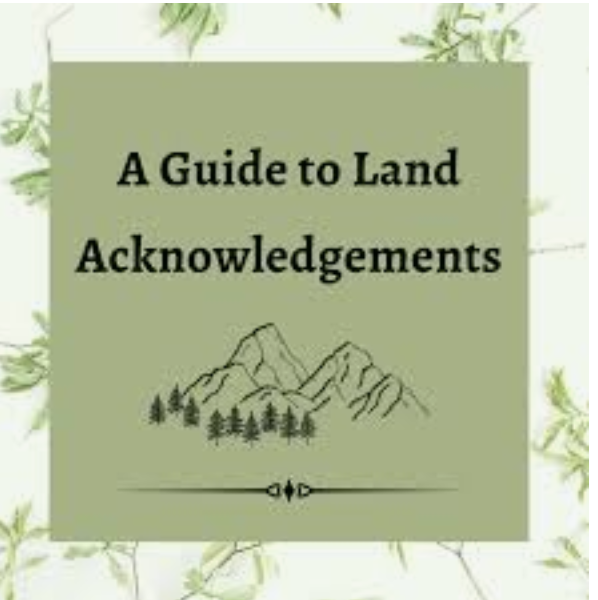There is Progress on Reconciliation

There is More GOOD News than BAD
In 2015 the Report on Truth and Reconciliation was released after seven years in the making. https://nctr.ca/records/reports/
The report contained over 6000 interviews and stories from Indigenous peoples, largely about their Residential School experiences. While every story was different, there was a consistent refrain. Frances’s story of the Government trying to take the Indian out of the child may sound familiar:
Frances had been forcefully removed from her home at age eight. On arrival at the school, her Indigenous clothes were replaced with non-Indigenous clothes, she was not allowed to speak her own language, nor could she speak to her brother. She suffered physical, mental and sexual abuse and was allowed one visit home per year. Every day she did hard physical work at the school.
On returning home she felt lost, started to drink heavily and became pregnant at 16
Years later, because she did not know how to raise her daughter properly her child was taken from her and placed in the broken Government run child welfare system.
As a result, the child ended up in several foster homes, developing her own set of issues, including the feeling of not being wanted. It also left Frances with lifelong trauma, anger and distrust of non-Indigenous people. Frances did though learn some skills and eventually obtained work in a hospital laundry system.
The report also contained 94 Calls to Action, 76 of which are Government responsibilities. These calls to action provided non-Indigenous Canadians with a pathway to improving relationships with, and a better life, for Indigenous Peoples in Canada.
This report provided most Indigenous People with HOPE. Hope in turn brings expectations including no more Frances stories.
The eleven Calls to Action which have been met include:
* The Establishment of a National Council for Reconciliation. with multi-year funding

*Establishment of a National Day for Truth and Reconciliation
*The Amendment of the Citizenship Act to include the observance of treaties with Indigenous Peoples
* The Appointment of an Indigenous Language Commissioner *
Many are very disappointed that more has not been done to the point of believing NOTHING HAS CHANGED or will change. I, for one, do not agree with this!
The 94 Calls to Action are not the only path to reconciliation. In fact, all Canadians are responsible for it happening.
I believe a lot of positive things have happened and are continuing to happen. I also know my view is shared by many, including many Indigenous Peoples.
Several Indigenous People have told me, “At last the doors are opening and people are listening to us.”
WE are being asked for our input and there is much more collaborative action.
Here are a few examples:
Recently there have been some major and significant agreements between the Government and Indigenous Peoples calling for action and providing huge amounts of money.

$40 billion has been allocated to compensate victims of the broken and poorly conceived Indigenous Child Welfare System and create a new system in which Indigenous Peoples are playing a leading role
There is a water agreement which provides $1.8 billion to individuals affected by unclean water and $8 billion to communities to fix or replace the broken water systems
There is also $333 million allotted for Indigenous language preservation.
Awareness amongst non-Indigenous Peoples has increased immeasurably, though general knowledge is pathetically low as evidenced by the surprise and horror of literally millions of non-Indigenous Peoples on finding out a year ago about the children’s graves in Kamloops. This was not new news.
It was in the Truth and Reconciliation report and had been known as early as 1907 from a report given by Dr Peter Bryce, the Chief Medical Officer for the Interior. He advised then 27% of the children in residential schools had died of tuberculosis.
The reporting of these deaths last year was a wake-up call creating a surge in the number of non-Indigenous Peoples doing some soul searching, wanting to learn more and committed to becoming involved
It is easy for anyone who wants to, to learn about Indigenous Peoples. From the daily stories in newspapers, digital media, radio and TV. The internet is also filled with information on almost any Indigenous subject. You might also go to HIP’s website: www.rotaryhip.com

There have been many excellent books written by Indigenous Peoples. In fact, “5 Little Indians” by Michelle Good was chosen by the CBC as the 2022 winner of Canada Reads.
The Pope has made a partial apology for the church’s wrongdoing with the residential schools. Hopefully it will be a full apology by this summer and include agreement to pay the millions the church unforgivably reneged on.
National Reconciliation Day was introduced last year, and there was a fabulous response to it from individuals, churches and businesses.
Canada has our first Indigenous Governor General, The Honourable Mary Simon, an Inuit. She is a very accomplished diplomat, having been one of the founders of the Arctic Council and Canada’s ambassador to Denmark.
Reconciliation also means personal reconciliation by both non-Indigenous and Indigenous Peoples. After receiving such terrible treatment by non-Indigenous people over the years, many Indigenous people felt ashamed, inferior and angry. As a result, they hid their identity. Many have also inter-married leaving them feeling confused about their identity and not knowing who they are.
Many of these people are wanting to heal and part of the healing is coming to grips with who they are. Two media personalities who fit into this category, who sought out their Indigenous roots and have written about it are the CBC’s Jessie Wente and Duncan McCue.
This personal reconciliation takes time, but many have done this successfully. An increasing number are proud of their Indigenous identity.
Reconciliation also is happening between Nations. The Haudenosaunee and Anishinaabe are gathering together shortly to talk about how they will again work together.
Special wampum belts are being created to acknowledge this. This will be the first time since 1840 these two Great Nations will have gathered together.
HIP (Honouring Indigenous Peoples), an organization of which I am Chair, is honoured to have been asked to be a partner in this historical initiative.
Education for Indigenous Peoples is improving. In Nova Scotia Indigenous run secondary schools have a higher percentage of peoples graduating than the non-Indigenous students. More and more Indigenous peoples are obtaining post-secondary education, and many are going beyond this. It is becoming common place to meet Indigenous PhDs, doctors, lawyers and professors.

Royal Roads University now has an Indigenous Person as a scholar in residence, Dr. Michael Lickers.
Jobs are important to everyone! Paul Martins Family Initiative (AYEP) teaches business and entrepreneurial education in over 40 schools. HIP is a partner in this initiative too.
More and more Indigenous Peoples are being appointed to senior positions and on corporate boards. JP Gladu, the past President of the Canadian Council of Aboriginal business is on the Suncor Board and past Chancellor of St Paul’s University at the University of Waterloo. Murray Sinclair is the chancellor at Queens, Brad Regehr is past President of the Canadian Bar Association, and the Deputy Minister of Women and gender equality is Gina Wilson.
Indigenous Peoples are making their mark in the business world. Witness the purchase of Clearwater Fisheries, Canadas largest shellfish company, by the Mi’kmaq in Nova Scotia.
First Nations are participating in consortiums to purchase Trans Mountain Pipeline in B.C., and Freedom cell phone company and are major real estate players in Vancouver, Calgary and Montreal
Indigenous business in the Fort McMurray area are very successful.
The Squamish are bidding for the Winter Olympics.
Indigenous young people are taking a lead in protecting the environment through the government funded Guardian Programme and partnering with non-Indigenous youth in land-based education.
In B.C. Indigenous First Nations are joining forces with forestry companies as business partners and setting an environmental standard on timber harvesting and the protection of old growth forests.

Virtually every major community now has a department focused on Indigenous Peoples, as do universities and many businesses.
Most governments and schools are now doing Indigenous Land Acknowledgements.
Indigenous history is being taught across the country in schools and there are many online podcasts, webinars and courses. These courses are booming
These are our new standards. I could go on!! Seven years ago, when the Reconciliation report was presented, almost none of this was happening. So, while government is lumbering along, others are taking action and moving us toward reconciliation.
If you are not part of this movement, you may wish to become involved and to take advantage of this unique opportunity to be on the right side of History. *
Till next time,
Chris Snyder
* The next blog will include ways you can become involved
You May Also Like

Getting Along and the Golden Rule
July 31, 2022
Cambodia!
January 13, 2019